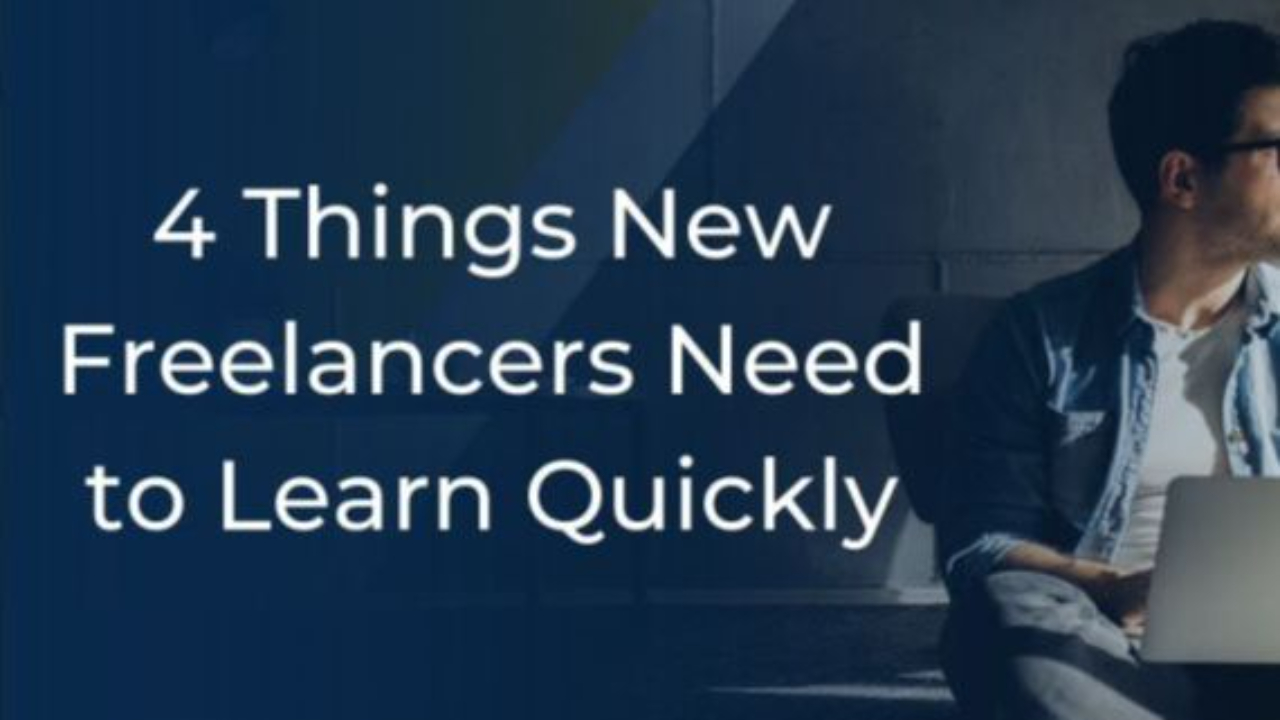4 Things New Freelancers Need to Learn Quickly
Dec 17, 2022
The economy is shifting in favour of freelancers. Professionals are becoming more specialized and the modern economy is made up of micro-businesses run by these specialized professionals. It’s an exciting time because it is possible to build a million-dollar business by yourself in your living room.
If you want to turn your skills into a business, these are three stages on the road to success as a freelance entrepreneur.
Stage one: Learning
Stage two: Foundational
Stage three: Operational
Becoming familiar with these stages is critical because they tell you where to put your focus and resources on your freelancing journey. This article covers the first stage in the freelancing journey, The Learning Phase. This first stage is critical to creating structure in your new freelance business. Why do you need structure so early? To avoid slipping into the day-to-day of taking care of clients without thinking about the big-picture plan. But if you learn just 4 key insights about your business, then you will have a strong foundation that will get you to the next level.
1. Who is your ideal client?

When you are first starting out, you might want to take whatever job comes your way. But as you are working these initial jobs, start thinking about who you actually want to be working with. You can’t be everything to everyone. It might take time to finally land your ideal client, but that’s okay. In the early days, learning who you don’t want to work with can be as helpful as learning who you do want to work with.
With this insight, you’ll find yourself saying no more than you say yes. But the yesses should hell yesses. Your clients are an extension of your business so choose the ones who are going to move your business forward and in the direction you want to be going.
2. The value of your time

If you are busy and booked out as a freelancer, you’re not charging enough. Even in the early days, charge what you are worth and don’t let people negotiate your rates. Whenever you discount your rates for one client, you are essentially stealing from yourself and from other clients.
Start by setting your ideal annual salary. Let’s use the example of a $100K annual income. First, calculate how much billable time you want to work per week. (ex: 30 hours per week). If you include, say, four weeks off for leisure time, your hourly rate should be $70.00.
Here’s the deal: Your freelance work should be supportive of your life, so charging rates that support your life is non-negotiable. If you don’t feel like your credentials justify your rates, then it’s time to start building yourself up.
3. How much time does it take to complete a project?

Most freelancers want to eventually move away from the hourly rate to charge flat rates for projects. In order to determine flat rates, track how much time it takes you to complete a particular project. Then, multiply that number of hours by your hourly rate.
As you get more experienced, you will inevitably get faster and more efficient. If you continue charging an hourly rate, you’ll essentially be compensated less per project as competency improves. That doesn’t make sense. Create well-defined deliverables under your flat rate to avoid an unintentional pay cut. Doing so will also help you fend off scope creep when clients start requesting things beyond the initial job you agreed to.
4. How to listen to the client?

The most important part of The Learning Phase is listening and responding to the needs of your client. Initial clients will teach you what you need to bring to the table in order to succeed in your industry. Great businesses are built by taking care of the customer, so get into the habit now of listening closely to how your clients describe their wants, needs, beliefs, and struggles.
Follow along with all new updates
Sign up to be notified when new posts are available.
Don't worry, your information will not be shared.
We hate SPAM. We will never sell your information, for any reason.
